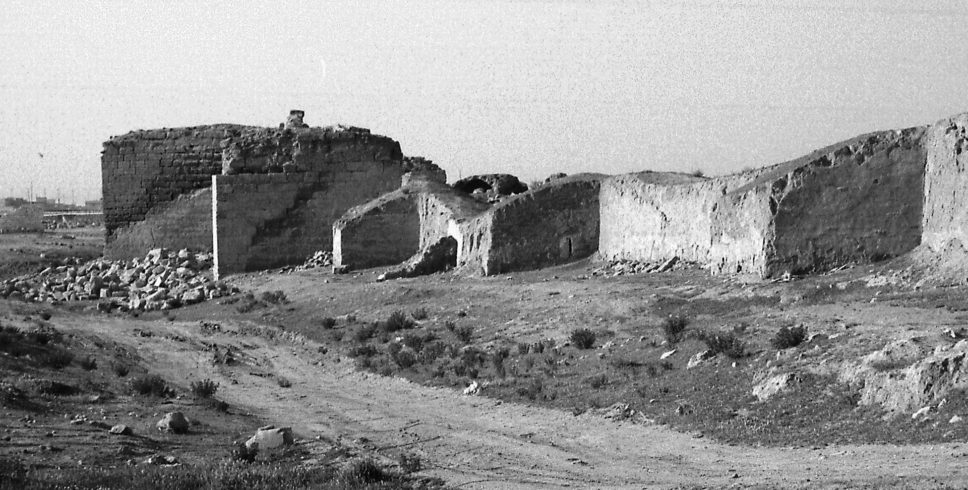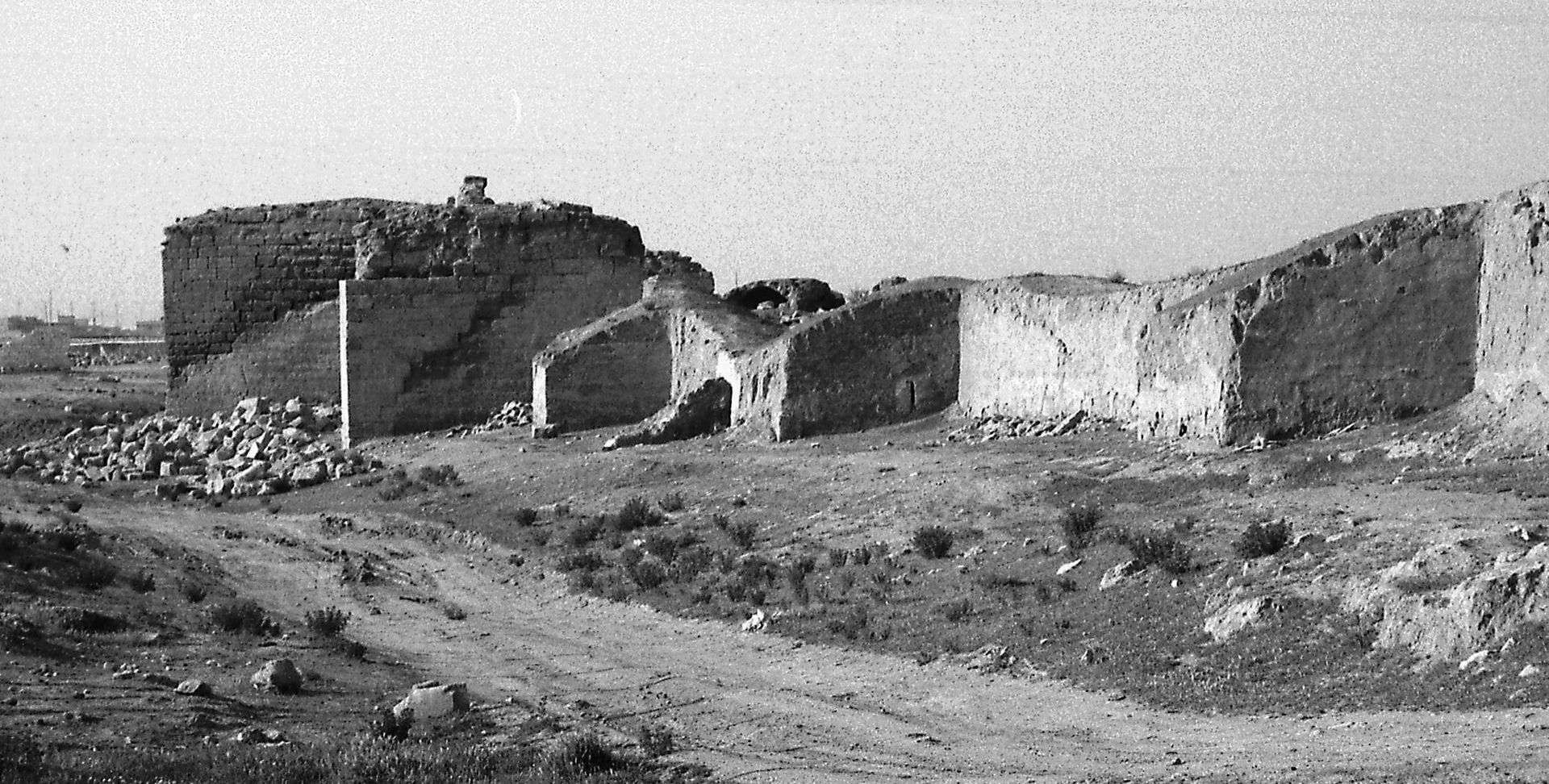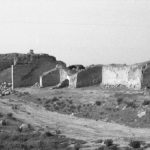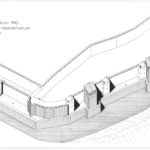Hatra
-
Site type:
Settlement – ancient city
Location:
Iraq
Nineveh Governorate
Northern Mesopotamia
Iraqi JaziraDating:
– Town (end of the 3rd century BC–mid-3rd century AD)
– Fortifications discovered by the Polish mission: 1st century AD
– Fortifications still standing which were documented by the Polish mission: 2nd century AD–first half of the 3rd century AD
Most interesting finds:
– City fortifications
– The discovery of older defense walls from the 1st century AD with an angular tower
History of research:
Dates of PCMA research:
1990
Type of research:
Excavations
Project directors:
Michał Gawlikowski
Partners:
– Polish Centre of Mediterranean Archaeology of the University of Warsaw
– Directorate of Antiquities of the Republic of Iraq
Additional information:
Work of the team was interrupted by the outbreak of the First Gulf War and it was not resumed afterwards
Description of site and research results:
The ruins of the city lay about 80 km south-west from Mosul in the middle of a desert steppe. Hatra was an important urban and religious center since the time of the Hellenistic Seleucid kingdom (3rd–2nd century BC), later becoming a vassal state on the west border of the Parthian kingdom. Its peak came in the 2nd century AD. It was a fortified frontier city on the front line during Roman–Parthian wars in Mesopotamia; conquered by Sassanids, it was abandoned in the mid-3rd century AD. Very well-preserved relics of sacral architecture in the center of the town have been given the title of UNESCO World Heritage Site.
Polish excavations were conducted in the southeastern part of the city and unearthed relics of older city walls, 200 m of which were traced using test trenches. A 0.5 km long stretch of defense walls from the 2nd century AD was also documented.
Gawlikowski, M. (2013). The development of the city of Hatra. In L. Dirven (Ed.), Hatra. Politics, Culture and Religion between Parthia and Rome (pp. 73–79). Stuttgart: Steiner.
Gawlikowski, M. (1991). The first season of excavations in Hatra, Iraq. Polish Archaeology in the Mediterranean, 2, 119–121.
Wybrana bibliografia stanowiska:
Bertolino, R. (1995). La cronologia di Hatra: Interazione di archeologia e di epigrafia (=Supplements to AIUON 83). Naples.
Abbadi, S. (1983). Die Personennamen der Inschriften aus Hatra, Texte und Studien zur Orientalistik 1, Hildesheim and New York.
Drijvers, H. J. W. (1977). Hatra, Palmyra und Edessa: Die Städte der syrisch-mesopotamischen Wüste in politischer, kulturgeschichtlicher und religionsgeschichtlicher Beleuchtung, Aufstieg und Niedergang der römischen Welt, II/8, 799–906.
von Gall, H. (1970). Zur figuralen Architekturplastik des grossen Tempels von Hatra, Baghdader Mit-teilungen, 5, 7–32.
Andrae, W. (1908–1912). Hatra nach Aufnahmen von Mitgliedern der Assur Expedition der Deutschen Orient-Gesellschaft, 2 vols., Leipzig.
Gallery:
-
1. View of the temple complex / Widok kompleksu świątynnego (fot. archiwum CAŚ UW)
-
2. Defence walls of Hatra / Mury obronne Hatry (fot. archiwum CAŚ UW)
-
3. Reconstruction drawing of a defence wall / Rysunkowa rekonstrukcja muru obronnego (archiwum CAŚ UW)





